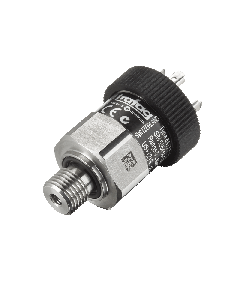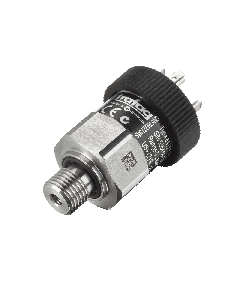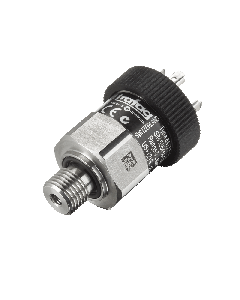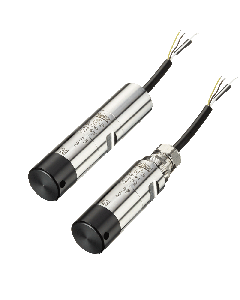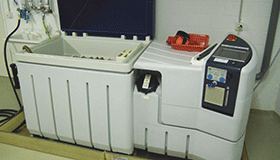Withstanding the challenges of saltwater: Choosing the compatible steel
The choice of the material of parts and components is almost always a compromise between performance and cost. This article outlines some considerations when choosing a suitable pressure transmitter for applications with seawater, e.g. in ballast water management systems or desalination units.
The best solution for any application with corrosive media is – from a performance perspective – the use of Titanium as it offers excellent corrosion resistance. The big disadvantage of titanium is the very high cost of both the material itself and high machining cost. Therefore, engineers look for more cost-effective solutions which still fulfill the requirements of the application.
In many cases, 1.4404 (AISI316L) is used as it offers a reasonable corrosion resistance at a quite low price, just slightly above basic stainless steel such as 1.4305. But experience in the field shows that pressure transmitters with this quite common material can fail before time due to corrosion. Typically, the higher the temperature and / or the higher the salt or corrosive content, the faster it fails.
A Trafag customer using pressure transmitters for desalination units specified 1.4404 (AISI316L), and it worked fine for most cases. But in units which were used in tropic areas, some of the transmitters became corroded after a relatively short time. The customer was looking for a better alternative to AISI316L, and for cost reasons, Titanium was not an option. Trafag offers for such applications pressure transmitter with ceramic sensors and 1.4462 duplex steel process connection and housing. This has been the perfect solution for all critical installations of this customer for several years now, and installations equipped with duplex steel pressure transmitters are working fine now even under elevated temperatures or with high salt content.
A pressure transmitter made of duplex steel 1.4462 could be a perfect solution for all cases, but unfortunately the cost of duplex steel is slightly higher, and the machining of duplex steel is very expensive. Due to its mechanical properties, it causes excessive wear on tools and slowing down machining speed, thus making the parts quite expensive, cost-wise roughly in the middle between AISI316L and titanium. So, also in this case, engineers need to carefully assess the risks of the application and balance between more cost and improved performance, i.e. corrosion resistance in this case.
However, for higher temperatures, high salt concentration or other corrosive contents of the liquid, there is still only one safe choice: Titanium.
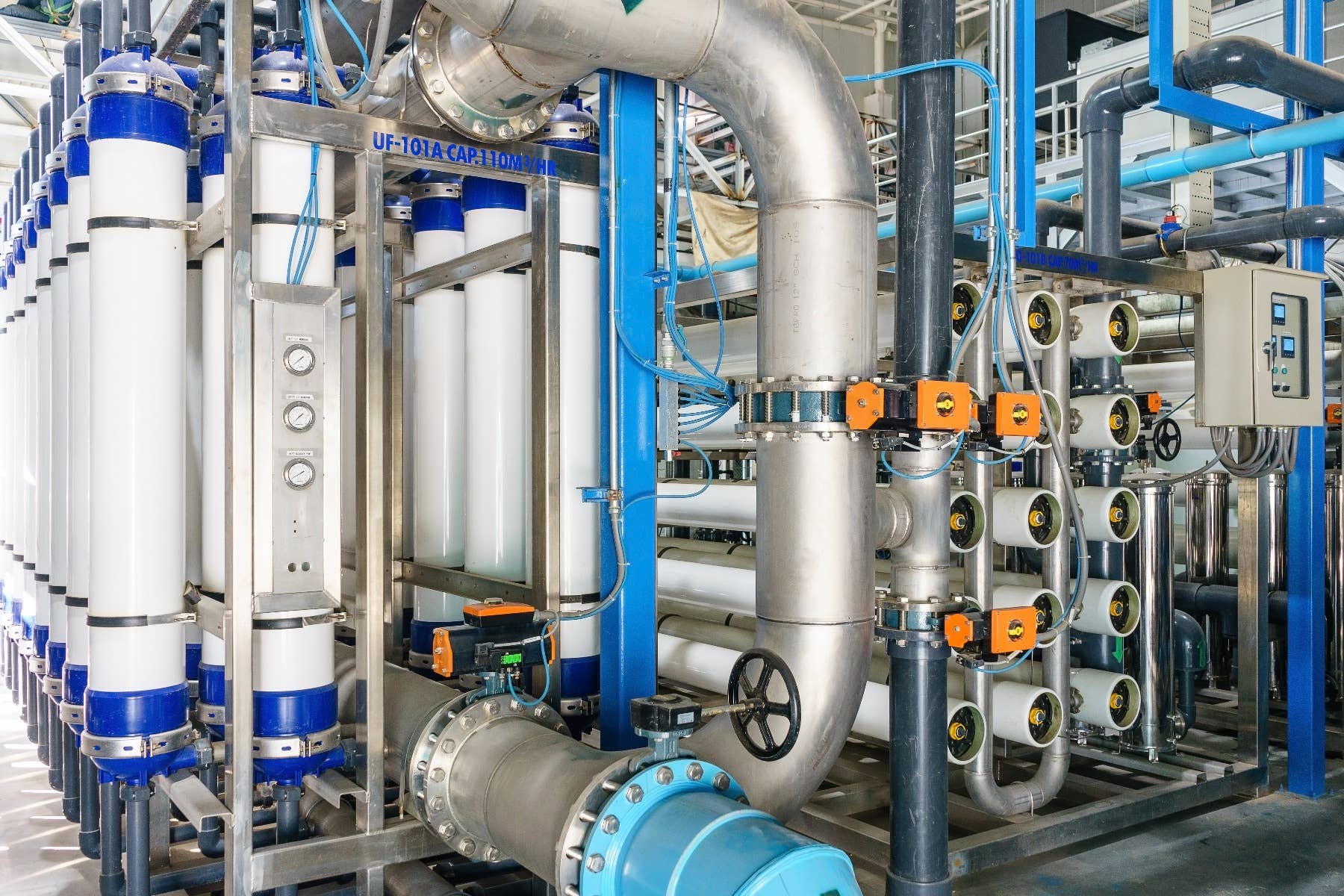

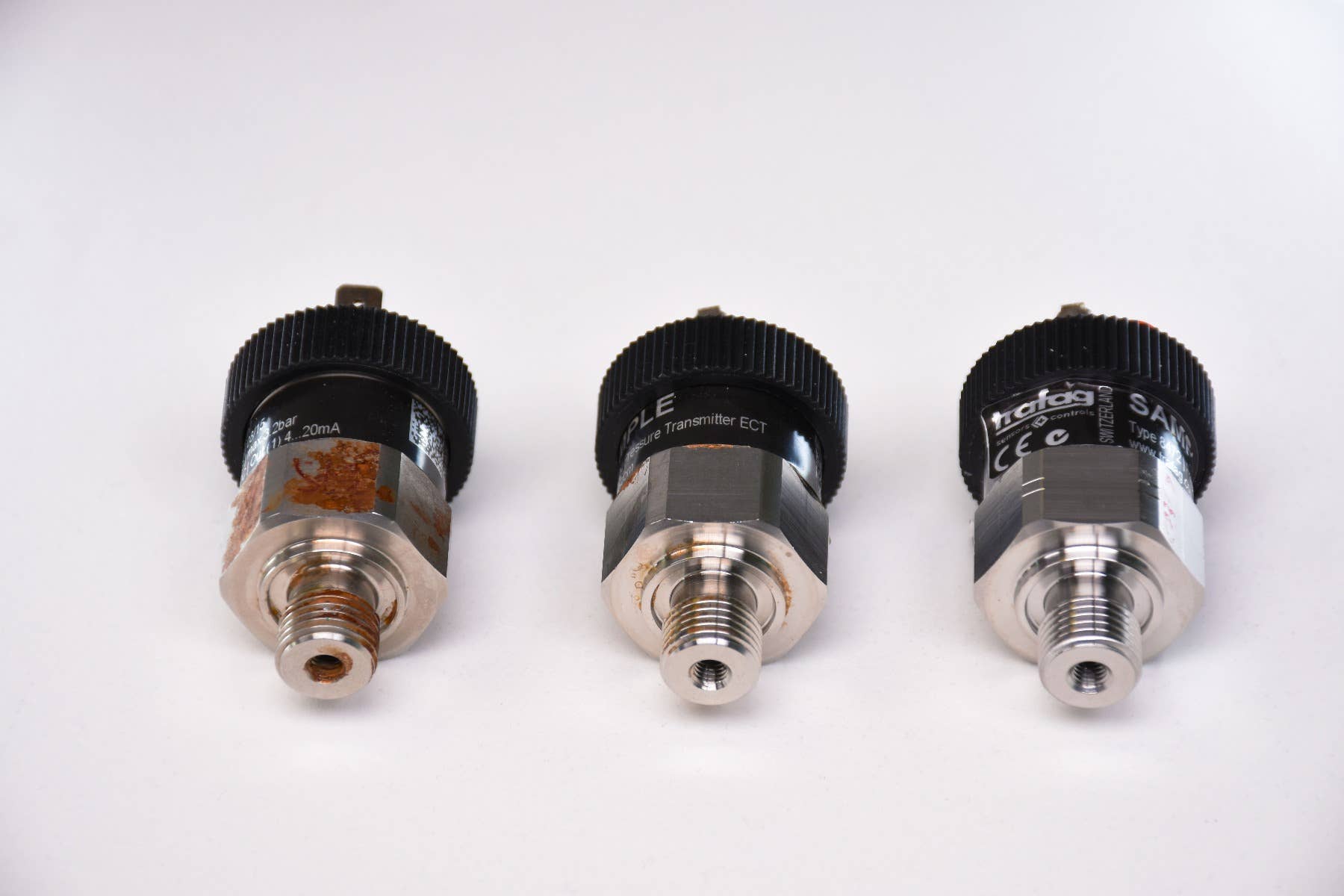

Would you like to read the whitepaper later?
Do you have any questions about choosing the compatibel steel?

